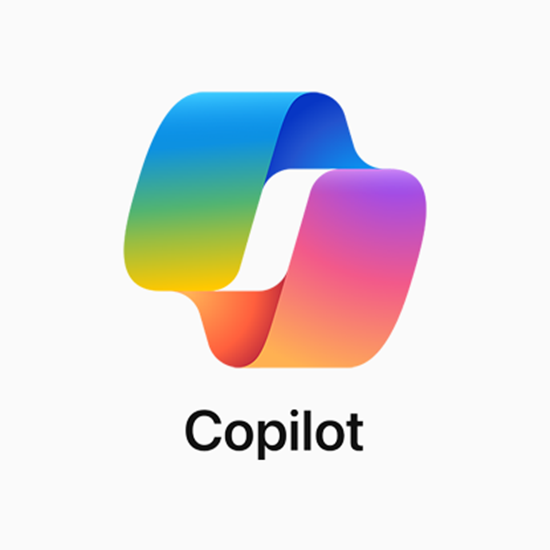Online Campus AI Information
Welcome to our AI Information site!
The Online Campus recognizes that AI is a new technology that is rapidly changing the higher education landscape. We will be updating this website with helpful information regarding AI tools in teaching and learning and further resources.
Generative AI Overview
Generative AI is artificial intelligence that can create new content such as text, images, code, audio and video. It is able to create content based on large sets of data with intuitive processing algorithms. “These models are trained on large text datasets to learn to predict the next word in a sentence and, from that, generate coherent and compelling human-like output in response to a question or statement” (UNESCO, 2023).
Faculty Learning Community Presentation on AI Tech in Teaching and Learning
Listen to CSUEB Faculty discuss using AI in their classrooms, course development, accessibility and beliefs around AI.
Systemwide Generative AI Resources from California State University
Check out webinars, resources, publications and other AI resources from the CSU's Generative AI website. The CSU systemwide implementation of Generative AI initiative was presented at the Board of Trustees meeting on 01/28/2025.
 ChatGPT Edu
ChatGPT Edu
OpenAI's ChatGPT Edu Agreement is tailored specifically for the California State University system, providing advanced AI capabilities for all employees and students. It offers the ability to build custom GPTs for sharing within campus workspaces, as well as the needed privacy and data protection, and other enterprise security such as single sign-on (SSO), and SCIM integration. CSU East Bay will enable its licenses on the following dates: March 24, 2025 for staff and faculty and March 28, 2025 for students.
- ChatGPT Edu FAQ (from the CSU Chancellor’s Office)
- ChatGPT Training Modules
What do we have?
Microsoft Copilot is a generative AI assistant that is designed to enhance productivity, creativity and streamline tasks. It provides access to advanced generative AI with text, voice, and image capabilities and it is available to CSUEB faculty, staff, and students.
To get started with Copilot, use your CSUEB official or horizon email to login to Microsoft Copilot. Review the step-by-step article on How to Access Microsoft Copilot.
Resources:
- Learn about Copilot through their support page
- Learn about Copilot prompts
- Seven Tips for Having a Great Conversation with Copilot
- Linkedin Learning: Microsoft Copilot Online Training Courses

